Sumatra Wildlife
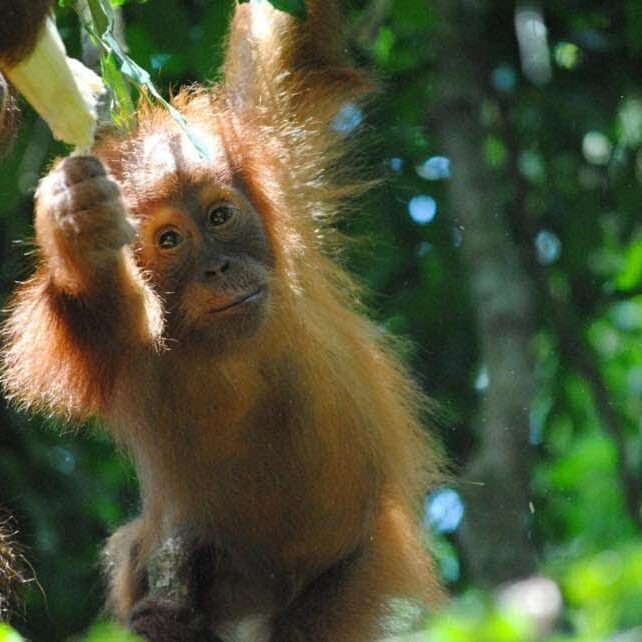
Orangutan Sumatra
The wildlife Sumatran orangutan (Pongo abelii) is one of the three species of orangutans. Critically Endangered, and found only in the north of the Indonesian island of Sumatra, it is rarer than the Bornean orangutan but more common than the recently identified Tapanuli orangutan, also found in Sumatra. Its common name is based on two separate local words, “orang” (“people” or “person”) and “hutan” (“forest”), derived from Malay, and translates as ‘person of the forest’.
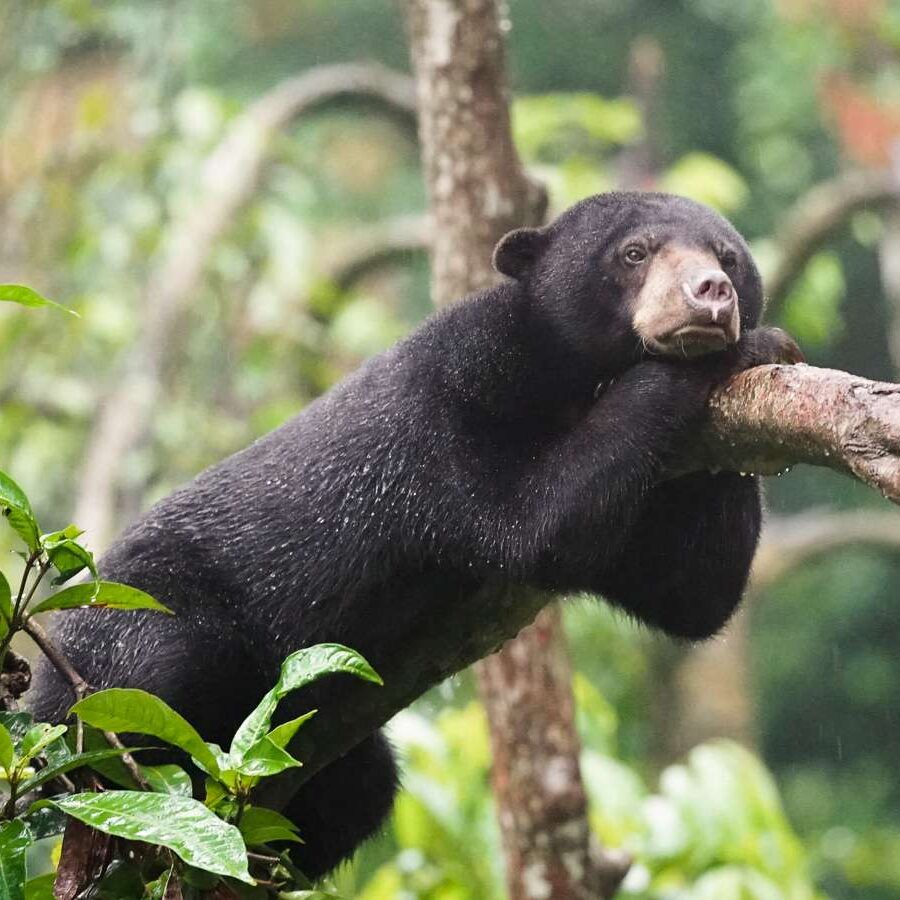
Malayan Sun Bear
The Malayan Sun bear, or the Sun bear is the smallest member of the bear family. They are easily distinguishable by their bib-shaped golden or white patch on their chest. These adorable bears are the least studied out of all 8 existing bear species. Maybe this is due to their shy nature and the type of habitat they reside – remote dense lowland forests of South East Asia.
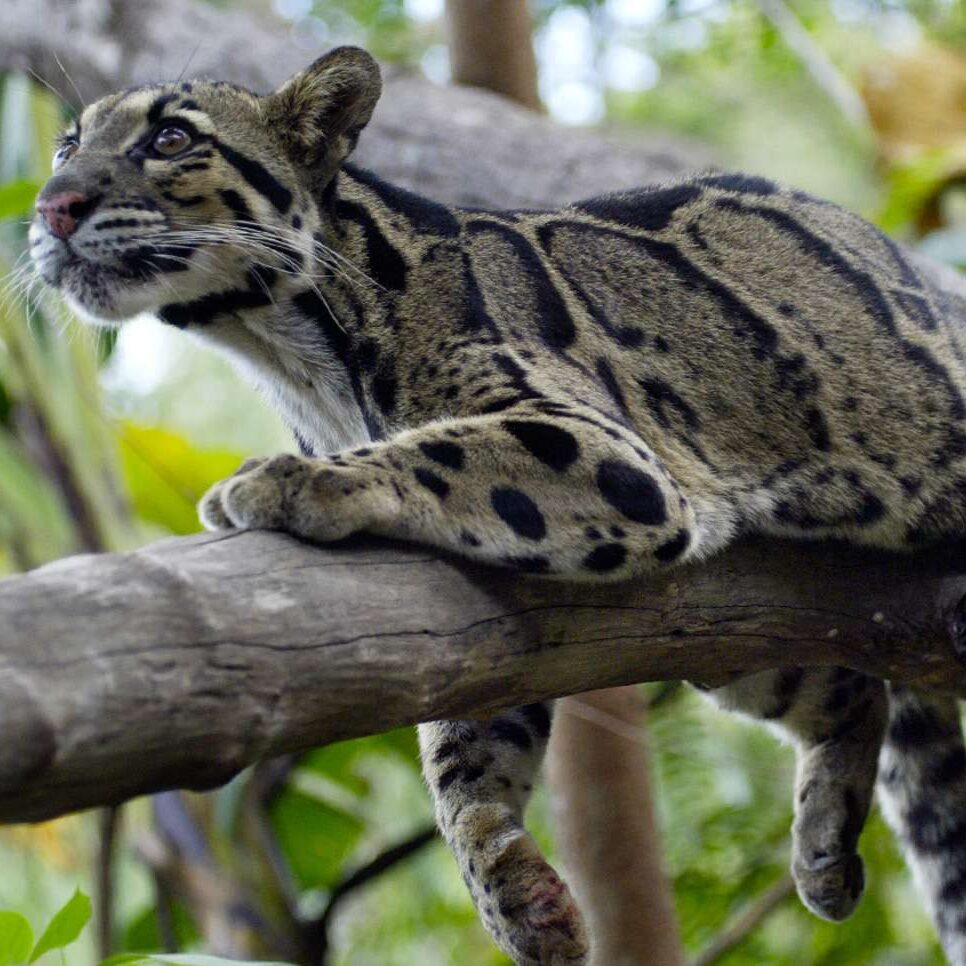
Sunda Clouded Leopard
The Sunda clouded leopard is overall grayish yellow or gray hue. It has a double midline on the back and is marked with small irregular cloud-like patterns on shoulders. These cloud markings have frequent spots inside and form two or more rows that are arranged vertically from the back on the flanks. It can purr as its hyoid bone is ossified. Its pupil’s contract to vertical slits.
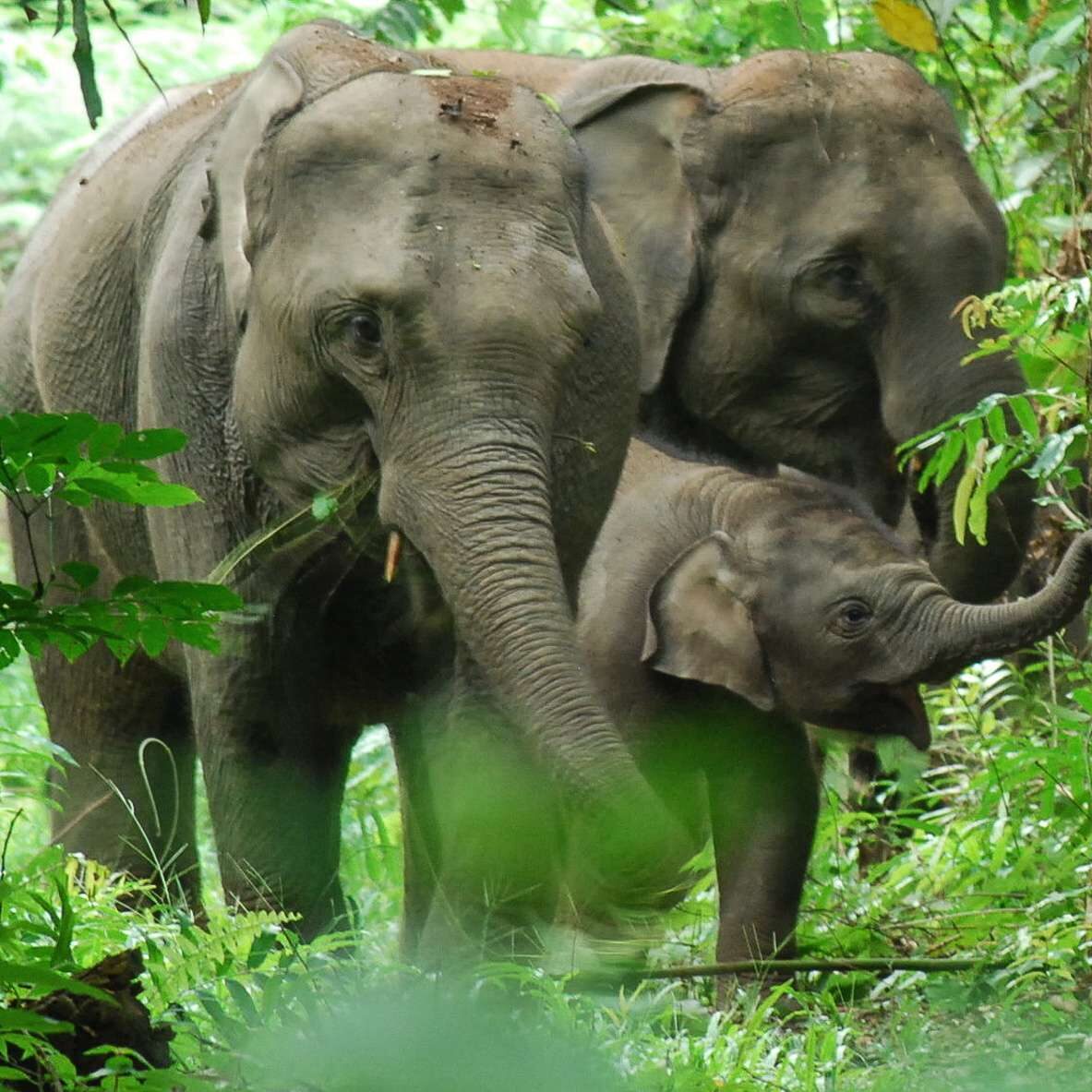
Sumatran Elephant
Sumatran elephants feed on a variety of plants and deposit seeds wherever they go, contributing to a healthy forest ecosystem. They also share their lush forest habitat with several other endangered species, such as the Sumatran rhino, tiger, and orangutan, and countless other species that all benefit from an elephant population that thrives in a healthy habitat.
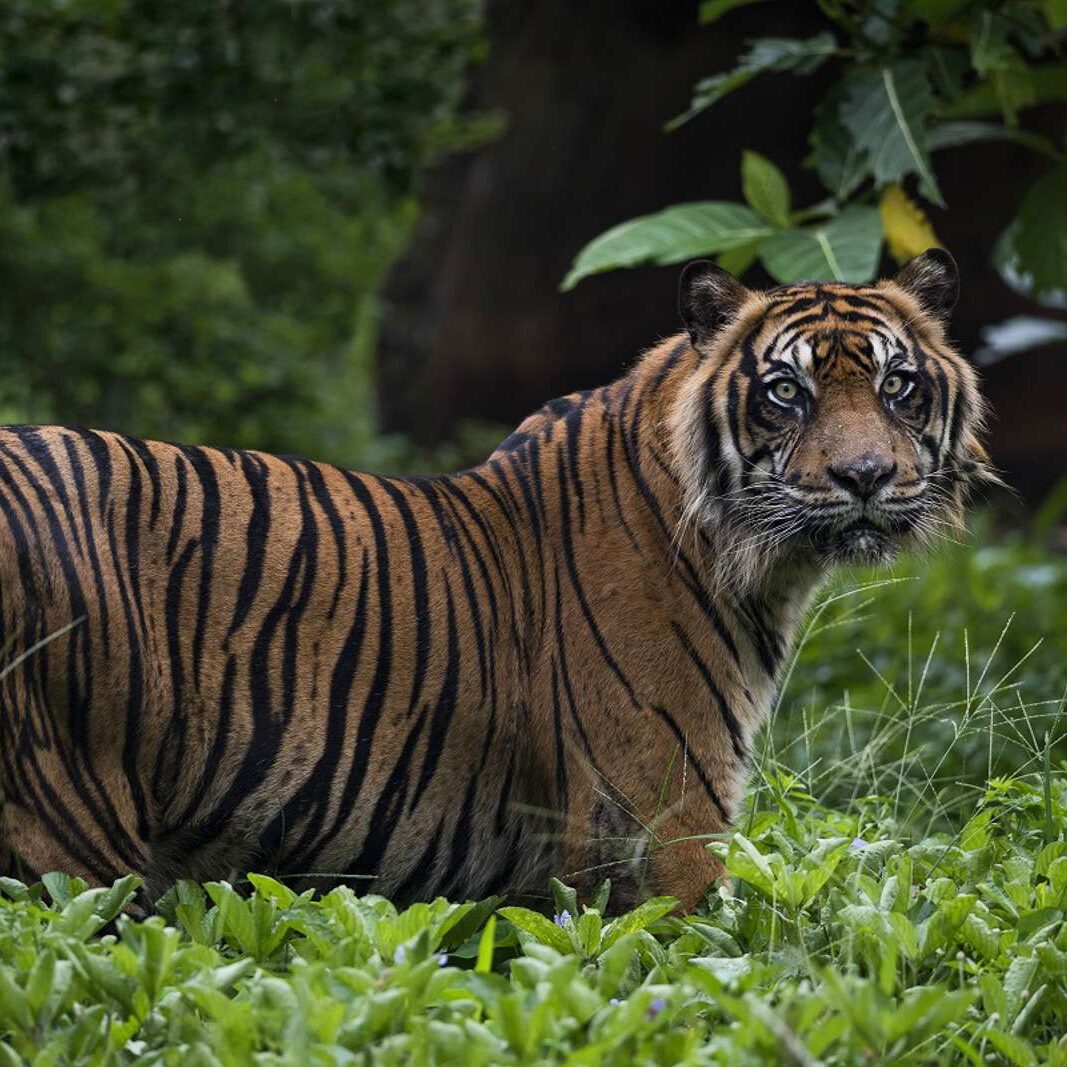
Sumatran Tiger
The Sumatran tiger is the smallest of the living tiger species. The stripes of the Sumatran tiger are closer together and it has darker orange fur than other tigers to allow it to blend into its tropical rainforest habitat. Just like the human fingerprint, tiger stripes are unique to each individual tiger. Sumatran tigers have distinctive mane-like hair growth around their necks and have long whiskers. Tiger whiskers are thick, highly sensitive and are connected to the nervous system. Whiskers can detect even the slightest change in the air or wind and so provide important information to a tiger regarding its surroundings, including a possible food source. Whiskers can help a tiger judge the distance between two places and help to find their way through small spaces, especially in the dark.
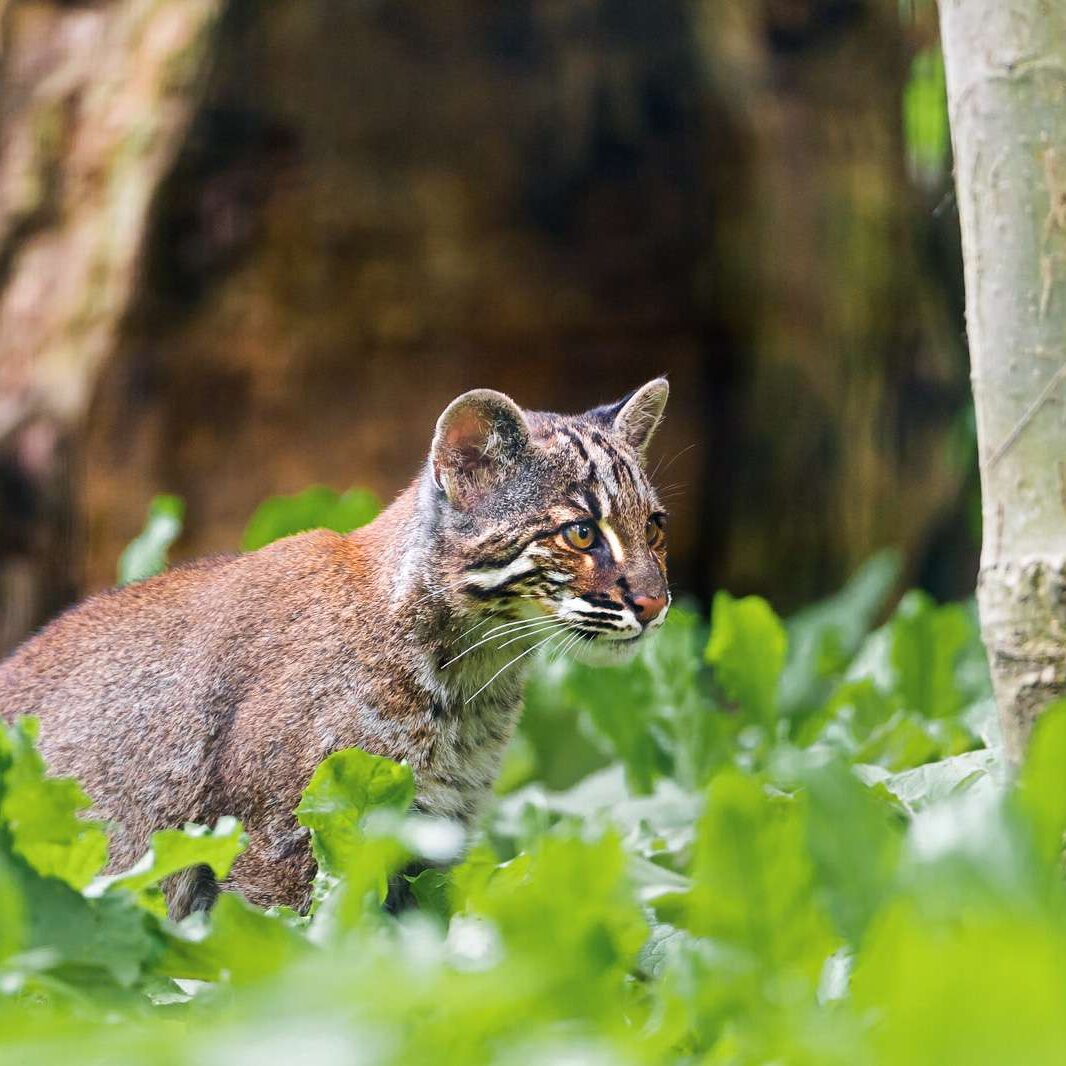
The Asian Golden Cat
The Asian Golden Cat, or Temminck’s Cat, is a medium-sized feline which inhabits a variety of forest types including shaded, primary or secondary forest, and sunlit, dry forest. It is most easily sighted in open habitats at forest margins, such as grassland. The species appears to be recorded more frequently in lowland areas.
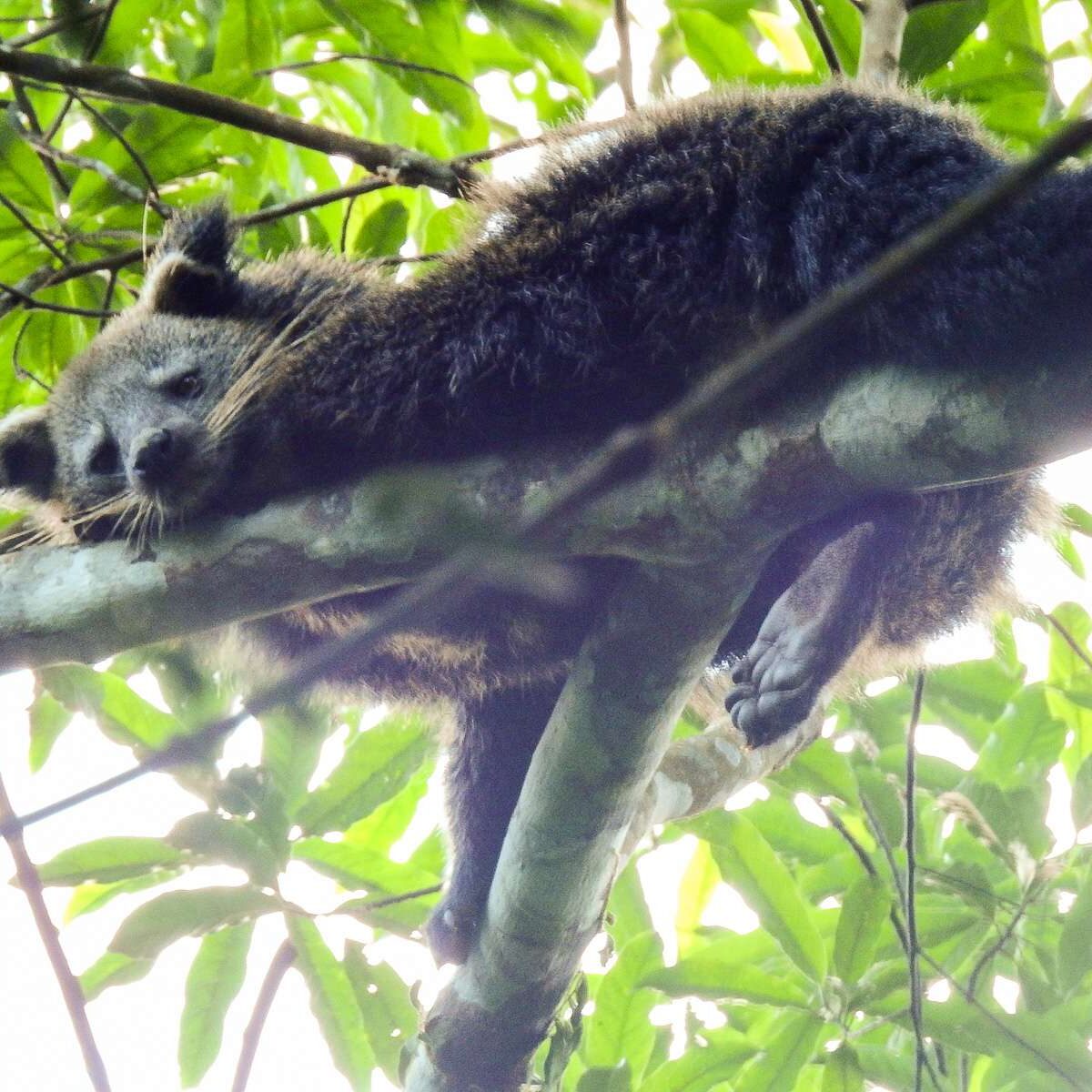
Binturong Arctictis binturong
The Binturong (Arctictis binturong) is a rare carnivore with padded paws, long claws, and a prehensile tail. They live in rainforests across southeast Asia, where they provide an important ecological role: digesting and depositing seeds from the fruits they eat.




